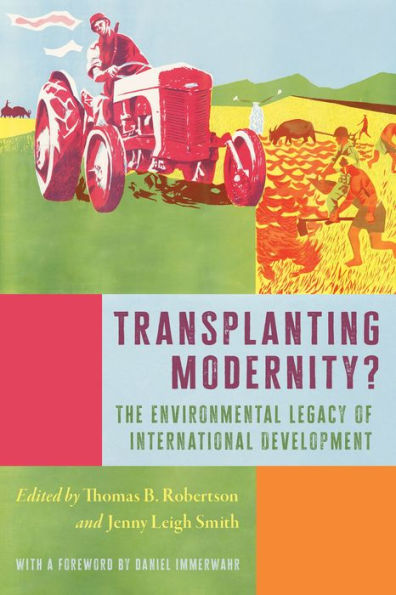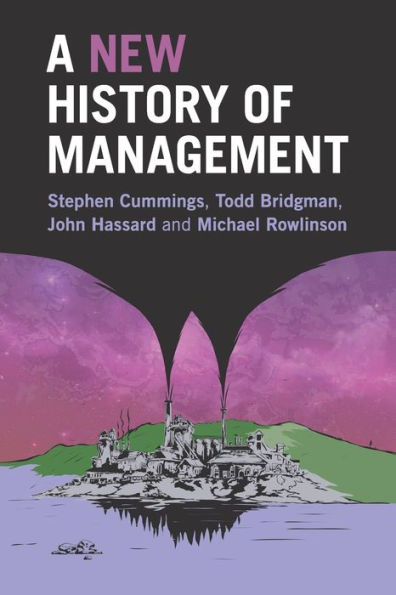Home
Transplanting Modernity?: New Histories of Poverty, Development, and Environment
Loading Inventory...
Barnes and Noble
Transplanting Modernity?: New Histories of Poverty, Development, and Environment
Current price: $55.00


Barnes and Noble
Transplanting Modernity?: New Histories of Poverty, Development, and Environment
Current price: $55.00
Loading Inventory...
Size: OS
*Product Information may vary - to confirm product availability, pricing, and additional information please contact Barnes and Noble
Calls for an Honest Reckoning of the Successes, Failures, and Unanticipated Results of International Developments
In general, “development” denotes movement or growth toward something better in the future. International developmentwidespread in the decades following World War IIwas an effort at purposeful change in landscapes around the world. Contributors to this volume argue that these projects constituted an effort to transplant modernity, such as knowledge or technology, from places seen as more developed to places perceived as un- or underdeveloped. During its heyday, international development included not just dams, roads, health programs, and agricultural projects but also animal husbandry schemes, urban development, and wildlife protection plans. Projects often succeeded or failed because of existing environmental conditions, and in turn, these programs remadeor tried to remakethe land, water, wildlife, and people around them. From American-directed failures in water engineering in Afghanistan to the impact of livestock epidemics on economic growth in East Africa, the chapters in
Transplanting Modernity
question how science, technology, and faith in Western notions of progress have influenced the pace, scope, and scale of development.
In general, “development” denotes movement or growth toward something better in the future. International developmentwidespread in the decades following World War IIwas an effort at purposeful change in landscapes around the world. Contributors to this volume argue that these projects constituted an effort to transplant modernity, such as knowledge or technology, from places seen as more developed to places perceived as un- or underdeveloped. During its heyday, international development included not just dams, roads, health programs, and agricultural projects but also animal husbandry schemes, urban development, and wildlife protection plans. Projects often succeeded or failed because of existing environmental conditions, and in turn, these programs remadeor tried to remakethe land, water, wildlife, and people around them. From American-directed failures in water engineering in Afghanistan to the impact of livestock epidemics on economic growth in East Africa, the chapters in
Transplanting Modernity
question how science, technology, and faith in Western notions of progress have influenced the pace, scope, and scale of development.

















